How does SHM (Structural Health Monitoring) work? engineering’s nervous system
SHM and its similarity to the Human Nervous System
The SHM (Structural Health Monitoring)process, involves the implementation of tools and characterization strategies as well as damage detection in engineering structures and equipment, thus being implemented in a wide variety of sectors (Energy, Civil Construction, Mining, Railroad, etc.). To further understand the most important SHM foundations related to the Industry 4.0, please check the article: .
SHM is constituted similarly to the human nervous system, which in turn replicates the engineering structure and equipment, the latter being stationary or movable. Thusly, the successful implementation resembles an interconnected sensorial system which feeds an information processing center. In analogy to the human body, the body’s sensory system is composed of receptors and nerves, which are then represented by sensors and cabled networks in a complex equipment like in an aircraft. All the data captured by the sensors is conducted by afferent nerves and conducted by being forwarded to the brain where it can be processed and interpreted, as it happens in the human body. Within the SHM it is not different as it also represents a central system developed for the data processing.
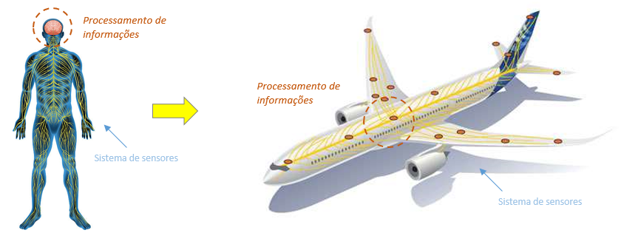
Overall, the SHM aims at understanding the conditions and potential damages to critical structural elements or equipment defined in accordance with the objective, rules and requirements. Its tools are capable of collecting and processing real operation data of the asset, feeding the structural analysis process and allowing a more reliable, accurate and agile decision making procedure. The system is thus extremely useful in the management of assets and resources aimed at maintenance, besides allowing an accurate diagnosis of the anomalies identified.
SHM is also elementary on decision making to ensure structural integrity, alongside qualified professionals, at the right moment, proactively and not reactively. When it is deemed well-implemented, a SHM system allows the correlation between the weariness found whilst theoretically calculating the consumption of the actual operating life of the equipment. Therefore, the remaining lifespan is monitored directly from the instrumented components without the need for new calculations.
The structural monitoring is intrinsically connected to security. In fact, the early detection of abnormal behaviors mitigates the risk of a sudden collapse. such detection contributes to the preservation of human lives and assets. Moreover, data generated by the SHM assists and supports the decision making on the operational and/or managerial level. Additionally, the structural monitoring by SHM enables efficient maintenance planning due to the lifespan analysis of the structure or the equipment’s components. Thus, it contributes to the extension of the structure’s lifespan, minimising direct maintenance costs and its losses.
SHM has, as a main objective, determining throughout the asset’s lifespan a diagnosis of the structural components or, whenever possible, that of the structure as a whole. Even when dealing with audited and properly planned projects, as these might reflect the conditions for using the asset, environmental influences and accidental events, the structure might suffer a rupture respecting the project’s criteria. Monitoring can then consider these associated criteria to time dimensions, having a complementary prognostic character.
Since the 1940s reports can be found about the use of this technique. Within the last years, due to the growing lecturing over its benefits and concomitantly, the price reduction on hard and software, the technology has been mainly used following the growing concerns from the technical and scientific communities in regards to the structural performance when it comes to safety, usage and wear, as can be seen on Figure 2.
Figure 3, which can be seen below, follows a high level SHM scheme implemented on the surface of a simple structure. This system involves the integration of sensors (charging cells, accelerometers, etc.), as well as data processing and transmission, enabling the structure’s management from an individualized scope of its components and the whole.
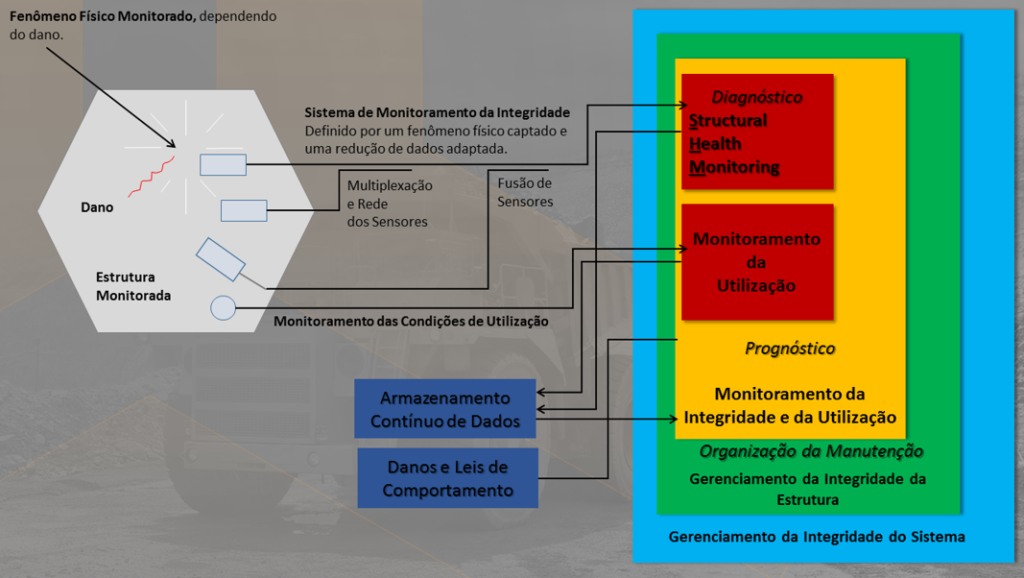
A traditional SHM system covers the following aspects:
- The kind of physical phenomenon, intrinsically related to the damage, monitored by the sensors;
- The kind of physical phenomenon used by the sensors to produce a signal (usually electrical), to be sent to the acquisition and data storage system. Sensors of the same kind of signal constitute an acquisition network and can be processed, and have its information combined with sensors of another kind.
At the same time, other sensors monitor the environment’s conditions, allowing for the function’s monitoring. The signal delivered by the integrity monitoring system, associated to the previously registered historical data, is used to generate a diagnosis. Cross-referencing these information, beyond the knowledge regarding the structural integrity, it is possible to create a prognosis (residual life) and the structural integrity management (maintenance organization, repairs, etc.).
A monitoring system for an asset allows the identification and storage of the operational history of the equipment. The overload which, perhaps, will happen will be identified above the defined operational limits and will be presented to the system’s users through visual and/or sounding alerts.
These overload information are stored by the system, generating a database which allows high-trust analysis in regards to the lifespan of the machinery and its components. Grounded on this database, advanced analysis on artificial intelligence and statistics can in turn be created, resulting in a higher equipment behavioral knowledge and eventual usage maximization.
Besides allowing the monitoring of operational variables of the equipment, the SHM system will be capable of indicating which structural components within the equipment should be inspected, ou even, if an inspection could potentially be postergated, as is the case of equipment which operate with considerably reduced loads. On the other hand, as an equipment constantly subject to heavier loads, routine inspections can be anticipated, as there is a higher chance for a centralized tensile crack.
Inspections of specific structural components can be prioritized according to the value of the accumulated damage and stress of the component, to which the time length is calculated by the monitoring system. For instance, a spear of a courtyard machine will probably have a higher level of damage than an inferior car as it presents higher load variations in a single period of time and, therefore, is more likely to crack due to heavy use.
The situation described above clearly illustrates how the SHM is capable of contributing to an efficient performance of the maintenance sector, thus contributing to the benefits tripod associated to the system – security, usage and durability.
SHM’s benefits
1. Reduction of uncertainty:
- Equipment owners can face several uncertainties over the real state of equipment/structure materials, over the real weight loaded, or the structure itself and its aging. At the decision making point, these issues have to be considered. Monitoring helps mitigate the uncertainties and, therefore, allow the owner to make their decision according to data and within a shorter period of time.
2. Discovering hidden structural reserves:
- In some situations, many of the structures are in much better conditions than expected. Thus, SHM allows the effective increase of safety margins without any structural intervention. Benefitting of the best material properties, synergistic effects among other factors, allows for the safe lengthening of the lifespan or the structural capacity without any intervention.
3. Examining deficiencies within due time and safety elevation:
- Some structures present deficiencies which cannot be identified through inspection or modelling. In these cases, it is essential to undertake suitable preventive actions before it is too late. Doing so, occasional fixes will represent lower costs and smaller interference on the structure’s availability, assuming everything is done properly.
4. Structure’s long term quality promotion and the asset’s structural management:
- Each quality policy requires measurements and feedback to ensure objectives are reached and corrective actions can be taken in cases of non-conformity. Offering continuous and quantitative data, a monitoring system helps evaluate the quality of the structure during the construction, operation, maintenance and repair, thus eliminating hidden costs. Most of the defects and damages to the structure are incorporated during the construction process. However, many of them will produce a noticeable result only after a few years, a moment in which the repair is more expensive and the asset is not covered by the producer’s warranty.
- The information monitored can be used for conducting an ‘on demand’ maintenance. Thus, costs are reduced by optimizing the operation, maintenance, repair and by reducing the structures based on reliable data and objectives. SHM data can be integrated to structural management systems to increase the quality of the decisions, supplying reliable and unbiased information.
5. Asset and Engineering knowledge elevation:
- Learning from a structure indeed works, in real operation conditions, it will help clients project better structures for the future. We create thus a possibility for the development of lower costing structures, safer and long lasting, with more trust and performance. A smaller investment at the beginning of a project can lead to meaningful medium and long term savings, optimising and easily identifying structural ‘weaknesses’ within a suitable period of time.
6. Continuous monitoring:
- The system can function 24 hours a day over the 7 days of the week, collecting an endless amount of data during the reading period. The amount of data enables the creation of a reliable history of the numerous moments of the asset’s life, assisting in the generation of comparative data, maintenance forecast, analysis and anticipation of predictive actions.
7. Asset lifespan extension:
- The asset’s lifespan extension is directly related to the precision gains and the quantity of information offered by the SHM system. The data collected allow for the creation of predictive and preventive actions which benefit the long term structural integrity. Thus, the asset’s durability is extended alongside the project’s reliability.
8. Cost reduction:
- The cost reduction is correlated to the accomplishment of mitigating actions to immediately fix anomalies as they are detected, investing the resources in maintenance activities considerably less costly than the repair and reinforcement activities.
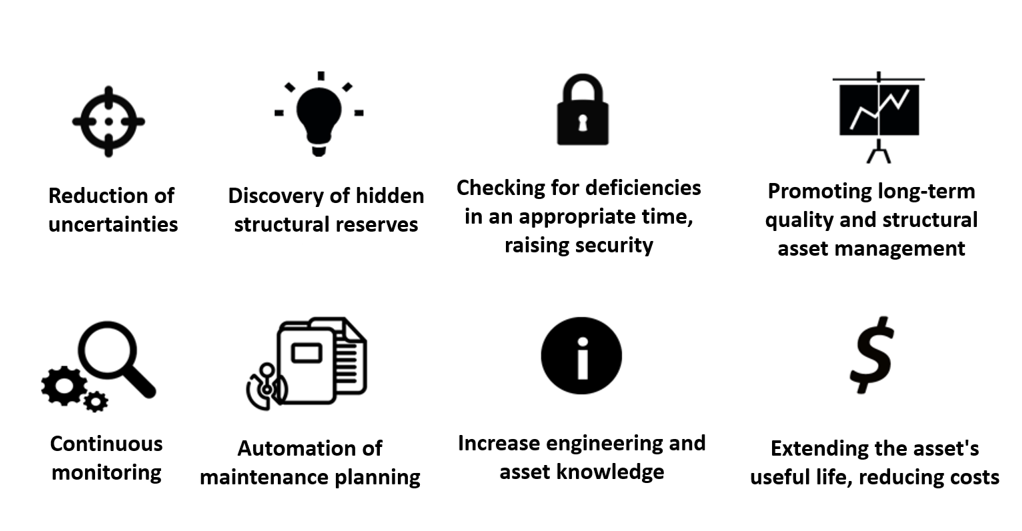
In short, SHM is a process which allows companies to properly manage their assets, but which demand specific technologies, qualified professionals and an entrepreneurial culture aligned with prediction and prescription actions instead of corrective measures.
If you are looking for real applications for SHM in the market, KOT Engineering stands out nationally and internationally with its 27 years of experience, offering technical engineering services at for big companies.
Get in touch with KOT’s specialists team!

Aender Ferreira
Mechanical Technician from CEFET-MG, Mechanical / Aeronautical Engineer from UFMG and Master in mechanical projects from the same university. Before graduation, he had experiences in the mining, maintenance, project design, experimental engineering and automotive industries. As an Engineer, he started his career in the maintenance sector performing calculus activities for fatigue in aeronautical components and structures. Subsequently, he was invited to compose the Board of Directors of KOT Engineering, working in the commercial sector of the company, helding the position for almost 15 years.


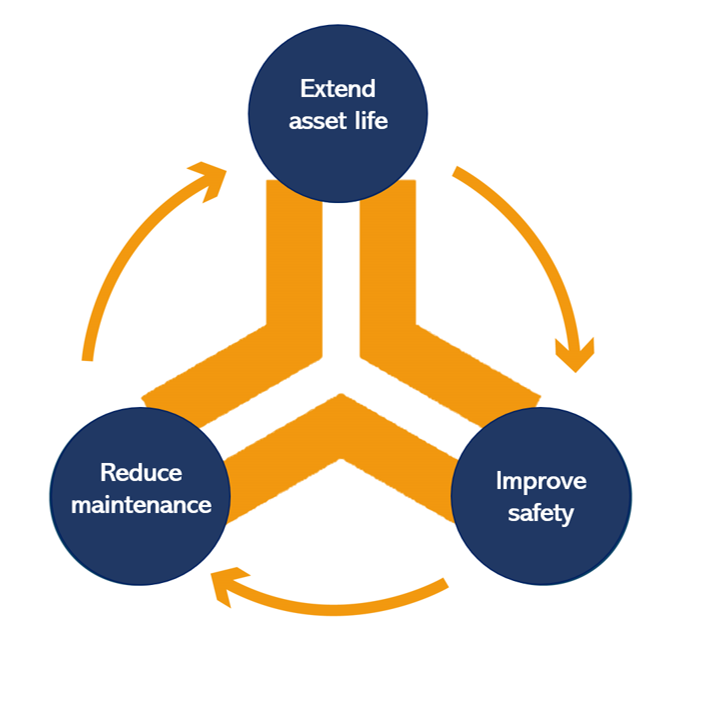
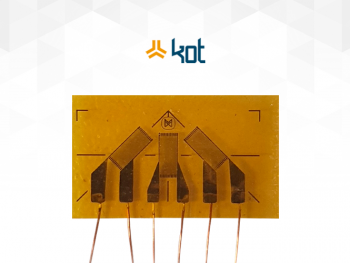

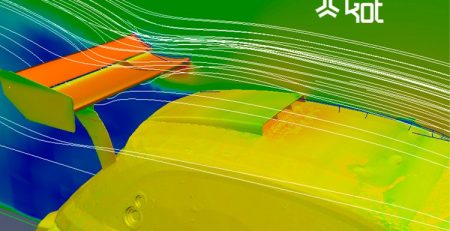
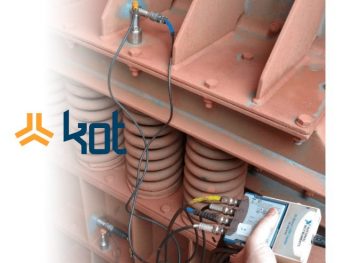


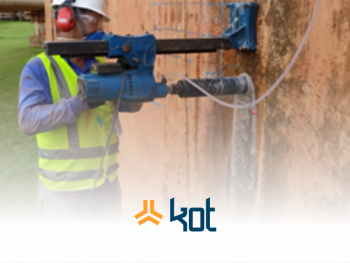
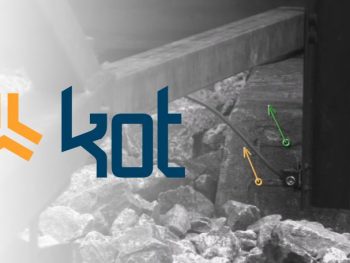
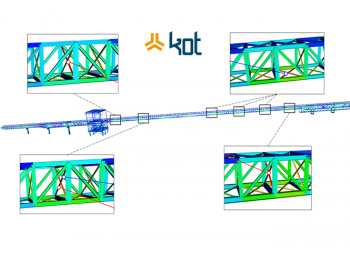
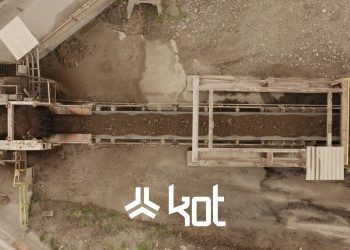
Leave a Reply